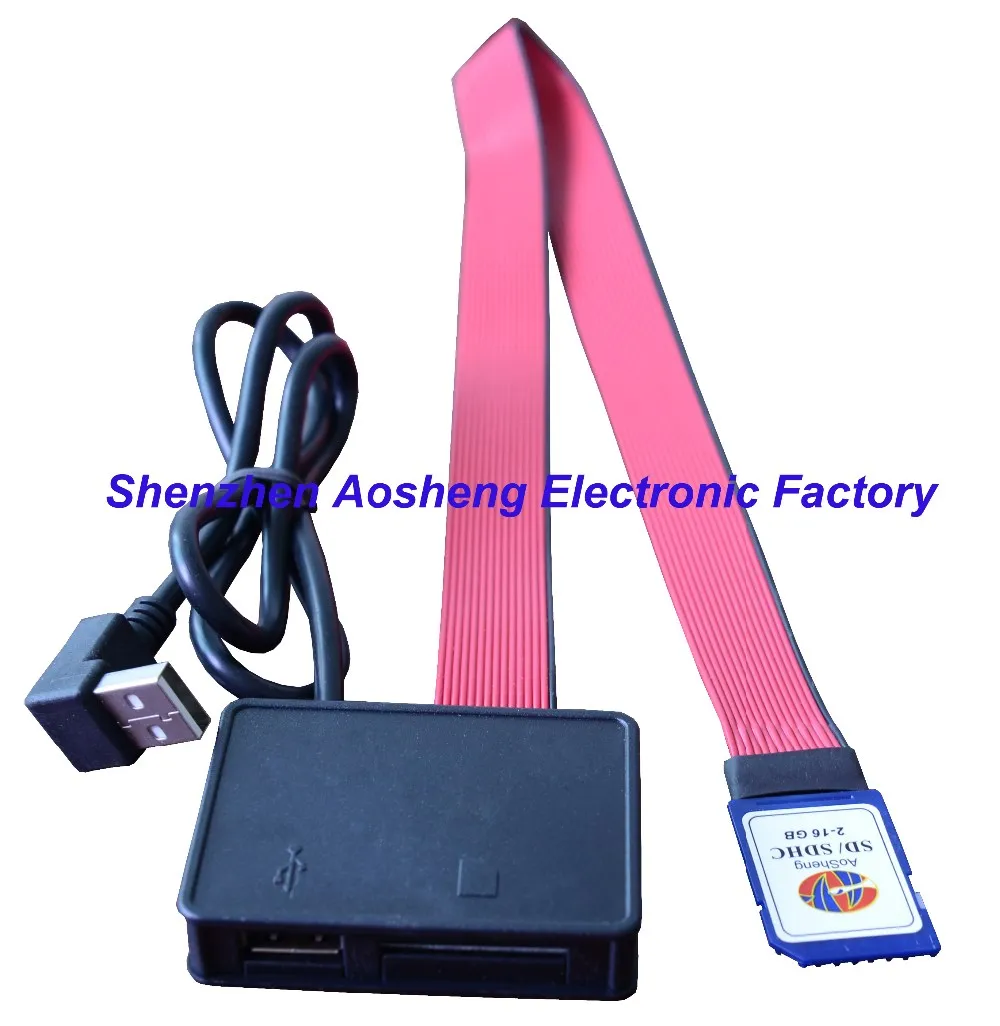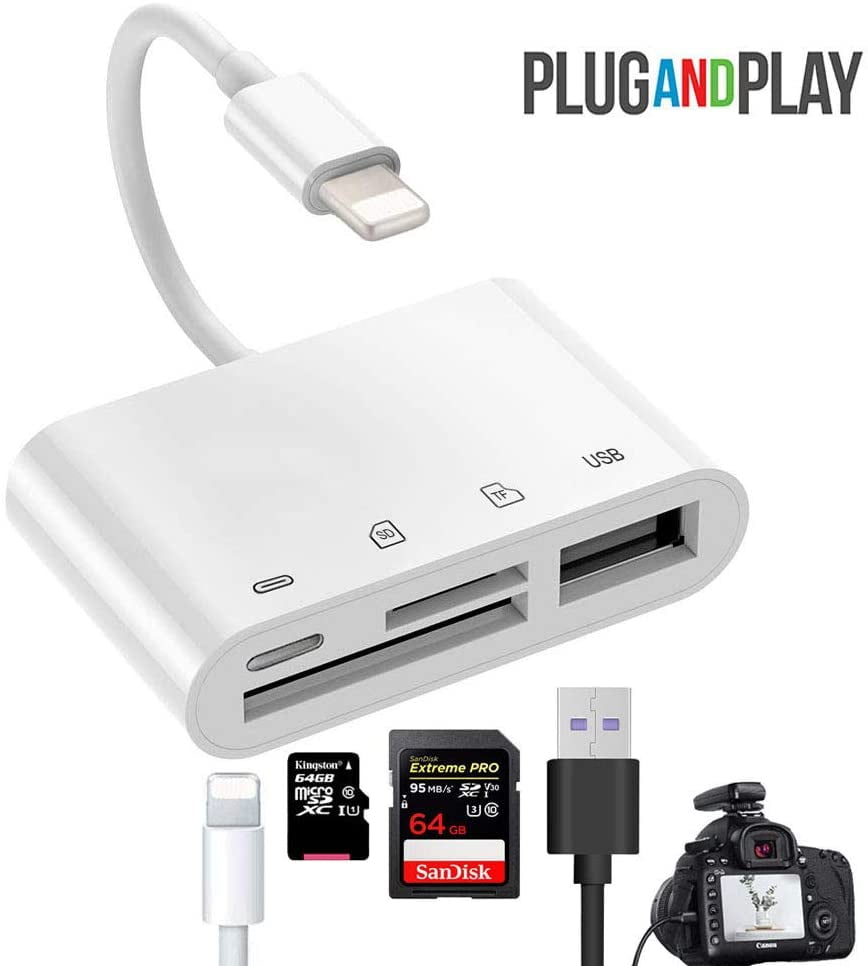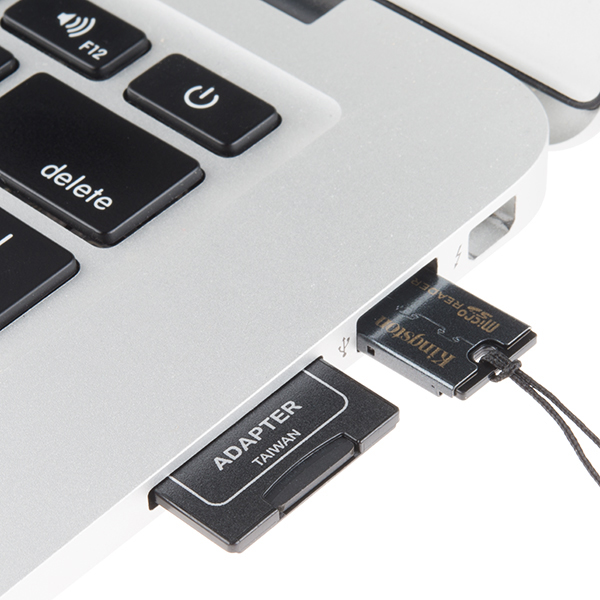

If you don’t have one yet, start by creating a temporary file folder to mount the partition.We have everything we need to mount the partition: I can also check the file system used on each partition. So, my USB card reader is /dev/sda and there are two partitions on it: sda1 and sda2.In general, the USB card reader will be the last one.Use fdisk to display all the detected devices on your Raspberry Pi:.The first step will be to identify the drive name: Your system will detect a new drive connected, and you have to mount it yourself before using it. In fact, the process will be the same as with any USB drive.
#Usb to sd card slot how to#
But no worries, I’ll show you how to do it step-by-step in this section. If you are connected via SSH, or use a minimal distribution, it might be a more complicated process. Use a card reader on any Linux distribution This will prevent any file corruption if an operating was still in progress. You can also prepare the SD card on your computer if you prepare, any operating system includes tools to do this.īefore unplugging your USB card reader, use the eject symbol in the file explorer to unmount it properly. I explain all the steps in this article if you need some help. If your SD card is not formatted, you can use a tool named “Gparted” easily format it from your Raspberry Pi. It should be accessible with read-write permissions (if not, there is probably an issue with your SD card or a security lock on your adapter). Once plugged in, open your file explorer, you’ll see something like this:Īs you can see, the system detected the SD card reader and automatically mounted the partitions. On Raspberry Pi OS with Desktop, the system will mount your SD card reader automatically. If you have an operating system with a desktop GUI, like Raspberry Pi OS, using your SD card reader won’t be very complicated. Use a card reader on Raspberry Pi OS with Desktop Then, follow one of the next sections depending on the operating system you are using.
#Usb to sd card slot free#
So, start by inserting your Micro-SD card in the USB card reader, and plug it on a free USB port on a powered Raspberry Pi.

But on Raspberry Pi, I would recommend an SD card reader with a USB cable ( like this other one) because we don’t want to block access to the other USB ports while using this adapter. Just to be clear, I’m talking about a device like this one, which looks like a standard USB key.

The first third of the book teaches you the basics, but the following chapters include projects you can try on your own. It’s a 30-day challenge, where you learn one new thing every day until you become a Raspberry Pi expert. If you are looking to quickly progress on Raspberry Pi, you can check out my e-book here. And I’ll give you a few ideas of things you can do with that kind of adapter. In this article, we’ll learn how to use a USB card reader, whatever your operating system is. With a minimal version, the mount command can be used to access the files manually. On Raspberry Pi OS with Desktop, it will be mounted automatically and accessible via the file explorer (left menu). On most operating systems, a USB SD card reader will be detected as a USB key. In this article, I’ll show you how to do it. But as many things on Linux, it’s not especially easy to use it. For example, if you need to create a backup of your Raspberry Pi or transfer photos from a camera. A USB card reader can be convenient if you need to read or write on a different SD card than the one running your system.


 0 kommentar(er)
0 kommentar(er)
